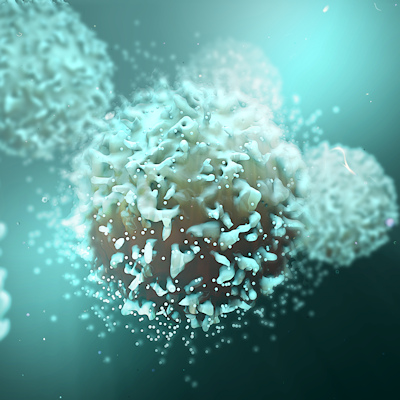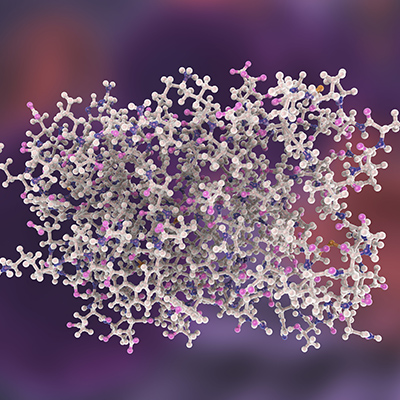August 4, 2022 -- Researchers have created the first full map of immune system connections showing how immune cells communicate, pointing to ways to modulate the pathways to treat cancer and infectious diseases.
In an article published August 3 in Nature, researchers from the Wellcome Sanger Institute and ETH Zürich described the use of a high-throughput surface receptor screening method to systematically map direct protein interactions across a library that encompasses most surface proteins detectable on human leukocytes.
The work fed into a map of cell types, messengers, and relative speed of exchanges between immune cells that the researchers believe can help highlight proteins and pathways of interest to drug developers.
Because the specialized cell types that make up the immune system are distributed across the body, they must adaptably organize their intercellular connections to respond to pathogens and other threats when and where they arise. The researchers set out to understand those connections and create a physical wiring diagram of the immune system.
To achieve that goal, the collaborators validated the biophysical parameters of each novel interaction and integrated their interactome with expression data to identify trends in the dynamics of immune interactions and predict cellular connectivity from basic principles. Wellcome Sanger Institute's Jarrod Shilts, first author on the paper, described the implications of the work.
"Meticulously isolating and analyzing every immune cell and their interactions with others has given us the first map of the conversations between all of the immune cells in the human body. This is a huge step in understanding the inner workings of the immune system and will hopefully be utilized by researchers all around the world to help develop new therapies that work with the body's defense mechanisms," Shilts said in a statement.
The researchers have already identified some molecules of interest, highlighting the discovery of HLA-E and HLA-F, but probably not HLA-G, as endogenous non-tumor ligands for the immune checkpoint receptor VISTA as being of particular note. Other highlights include the ability of vasorin to act as a receptor for Jagged ligands and immunoglobulin receptors binding members of the amyloid precursor protein family. Functional screening on blood immune cells identified a role for SLITRK4 in responses.
While those highlights point to the potential to use the map to understand and modulate the immune system, the researchers also see opportunities to apply the techniques used in the study to future investigations. The high-throughput biochemical method for interaction screening could quantitatively map other cellular communities in the human body.
Copyright © 2022 scienceboard.net









